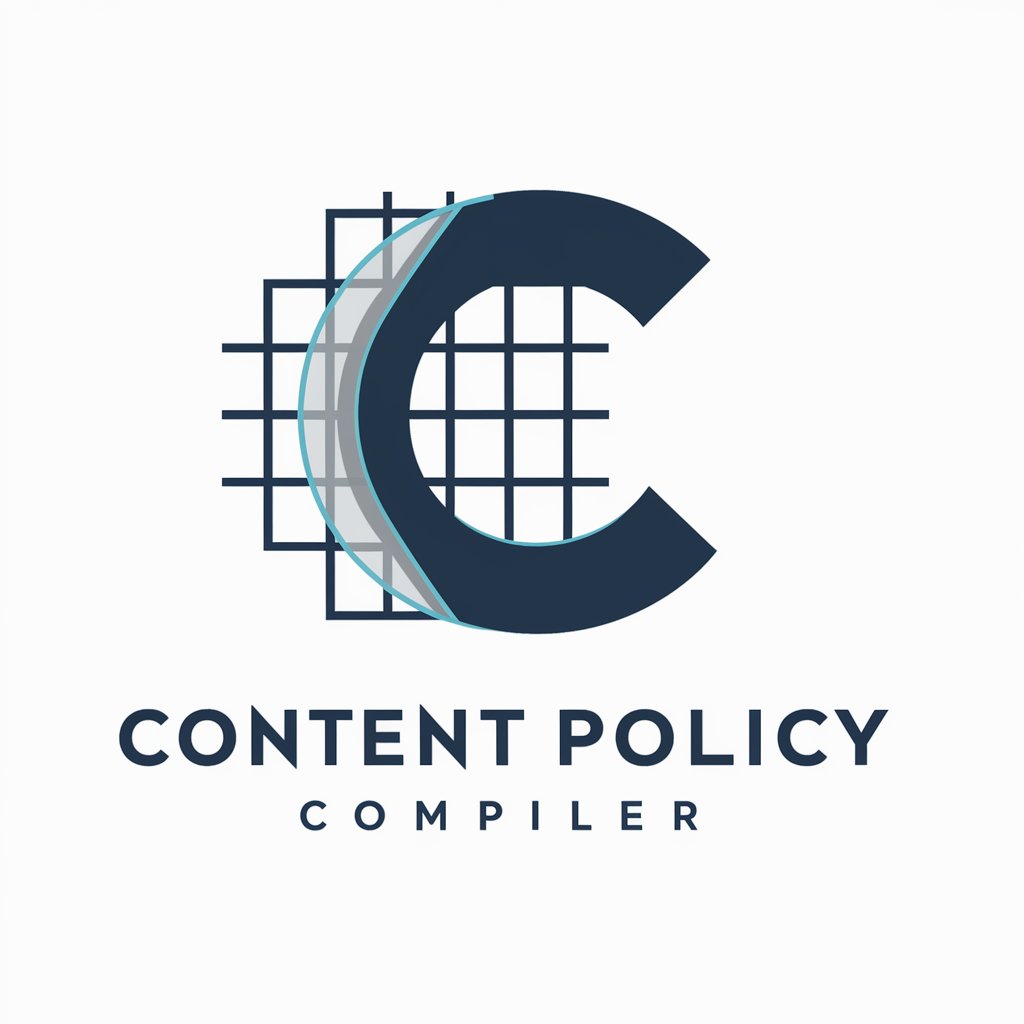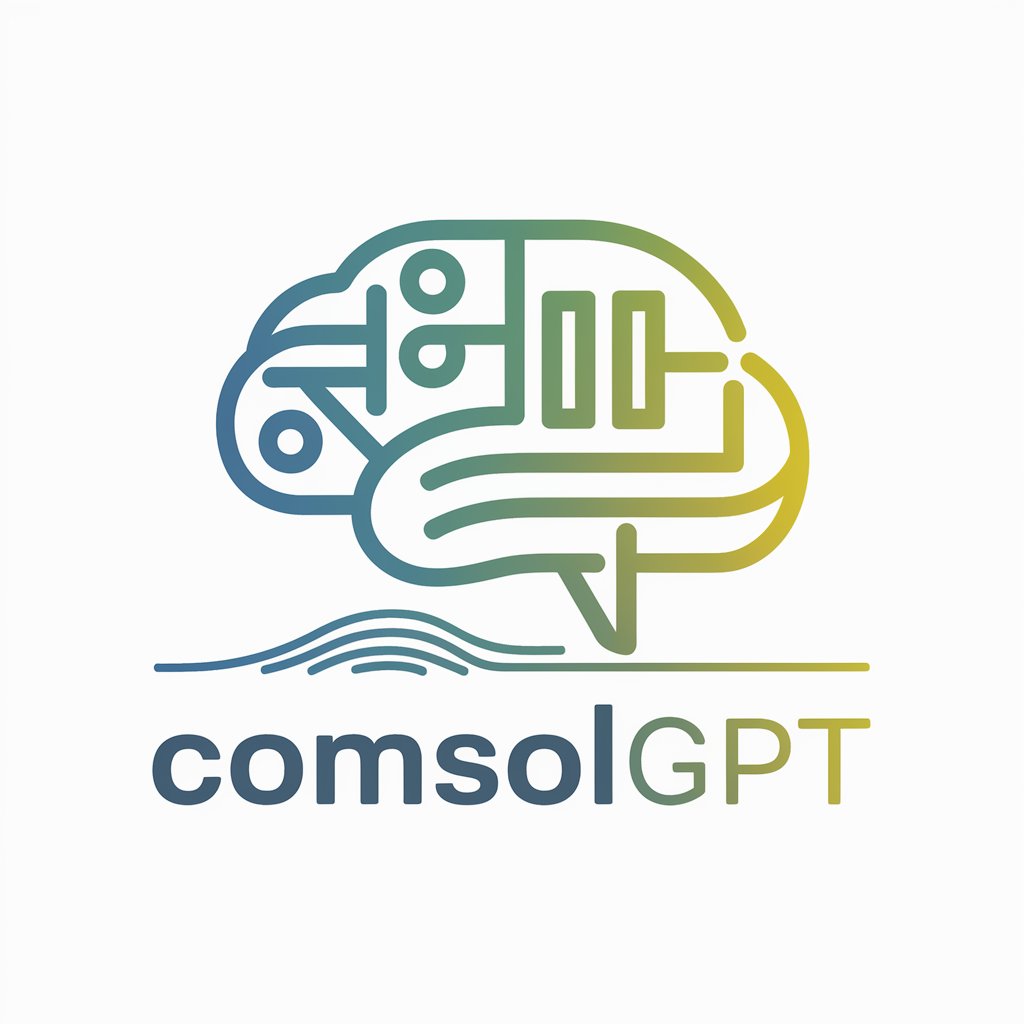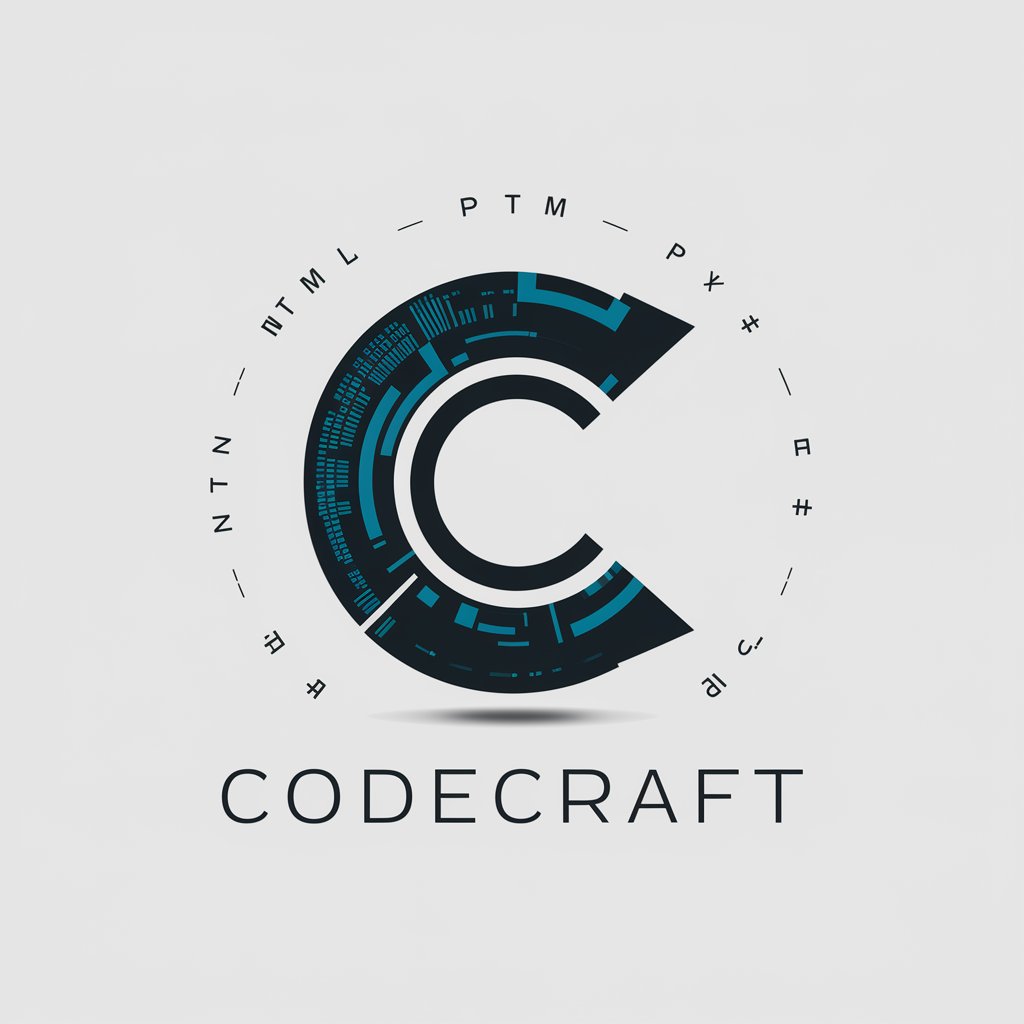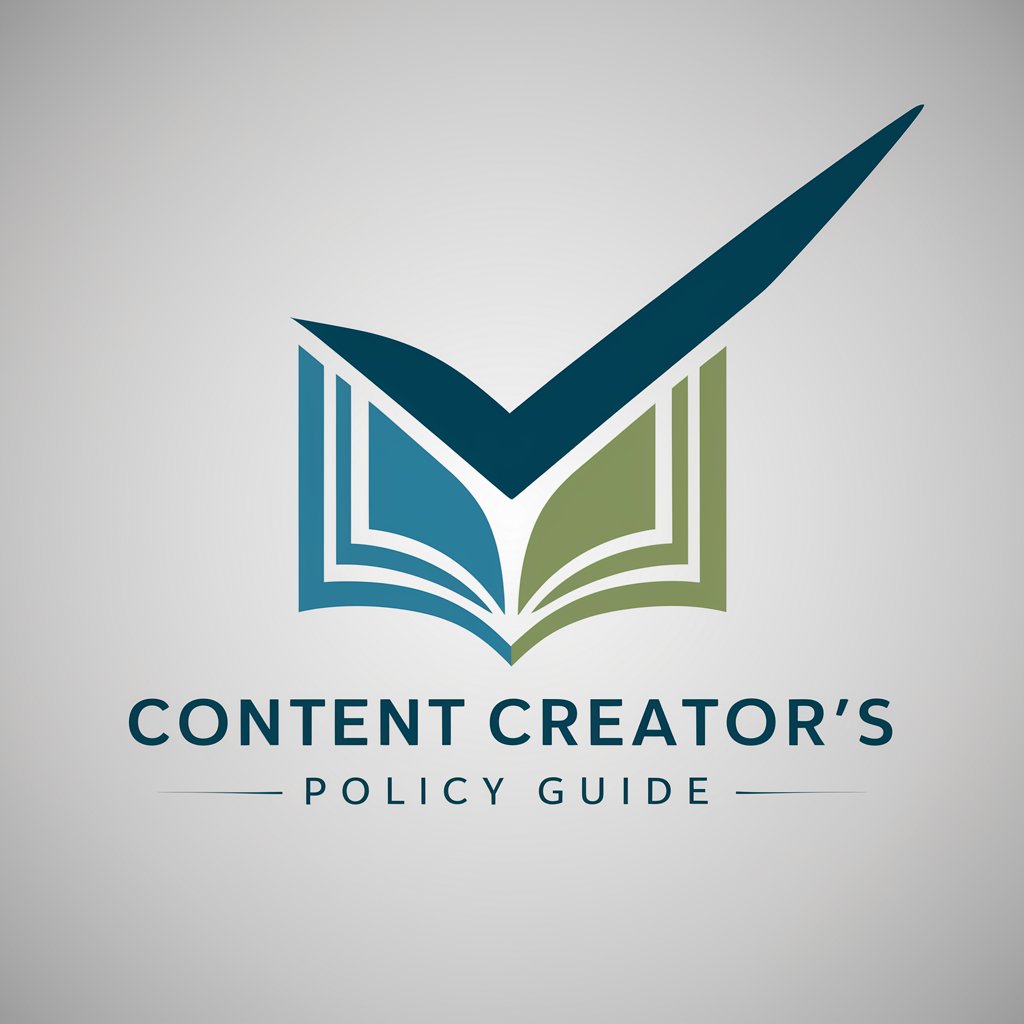
Content Policy Compiler - Tool for Policy Moderation

Please share your content policy document.
Optimize Content Policies with AI
Provide the current version of your content policy document.
How can we align your content policy with best practices for LLM interpretation?
Describe the specific goals of your content moderation strategy.
What challenges are you facing with your current content policies?
Get Embed Code
Understanding the Content Policy Compiler
The Content Policy Compiler is designed to assist in transforming existing content policy rules for internet platforms or applications into a revised, easy-to-understand format optimized for large language models (LLMs). The compiler uses structured markdown formatting, category taxonomy, and example-based classifications to provide clear and accurate interpretations. By following the best practices outlined in the 'Using LLMs for Policy-Driven Content Classification' document, it ensures that policies are meticulously crafted to improve LLM interpretation fidelity. For instance, a scenario might involve revising hate speech policy to differentiate between various subcategories of harmful speech. Powered by ChatGPT-4o。

Key Functions of the Content Policy Compiler
Policy Formatting in Markdown
Example
Structuring policy documents with headers, bolding, and lists enhances clarity for LLMs. Bold key terms when defining them and consistently use markdown syntax throughout.
Scenario
A policy document outlining the distinctions between various forms of hate speech uses clear headers like 'HS0 Non-Hateful Text' and 'HS1 Hate Crime Text', emphasizing key terms in bold.
Sequential Policy Categories
Example
Organize categories like sieves, ordered by frequency and importance.
Scenario
In a hate speech policy, starting with 'Non-Hateful Text' ensures benign content is first classified before more severe categories like 'Dehumanizing Hate Text'.
Granular Taxonomy
Example
Clearly define specific categories to avoid fitting everything under one definition.
Scenario
Separate sections for hate speech, slurs, and threats allow LLMs to distinguish between nuanced classifications.
Exclusion and Inclusion Examples
Example
Provide examples of included and excluded content within each category.
Scenario
In the 'Hate Crime Text' section, examples distinguish planning violence against a 'protected class' from general threats that do not qualify.
Step-by-Step Reasoning
Example
Guide the LLM through a logical progression to interpret relationships between policy sections.
Scenario
In a hate speech policy, starting with 'HS0 Non-Hateful Text' criteria and moving step-by-step to other categories improves classification accuracy.
Ideal Users of the Content Policy Compiler
Trust & Safety Teams
Teams responsible for managing content safety on digital platforms can leverage this tool to refine policies in a way that aligns with legal and community standards, reducing labor-intensive moderation.
Policy Writers
Individuals who write or update content policies benefit by ensuring their guidelines are consistently understood by LLMs, preventing ambiguities that can arise in manual interpretations.
Tech Companies
Firms developing or deploying LLMs for automated moderation can apply this tool to refine prompts and policies, ensuring accurate content classification and compliance.

Using the Content Policy Compiler
1
Visit yeschat.ai for a free trial without login, also no need for ChatGPT Plus.
2
Upload your existing content policy documents to ensure the compiler has the necessary context.
3
Define the specific content categories and examples relevant to your platform to enhance the compiler's understanding.
4
Utilize the tool to generate a revised content policy that LLMs can interpret more effectively for automated moderation.
5
Test the new policy by running simulations to identify potential areas of improvement and adjust the document as necessary.
Try other advanced and practical GPTs
AI girlfriend
Connect, Converse, Comprehend

HUMATA AI
Empowering Decisions with AI

Rails Genius
Crafting Rails code with AI power

BlackHAT
Empowering Cybersecurity with AI

COMSOLGPT
Empowering Simulation, Enhancing Innovation

SouthPark Me
Turn Your Photos into South Park Characters!

HD Image Converter
AI-Powered Image Clarity Booster

Code & Data Sage
Empowering Development with AI Expertise

NVivo Data Analysis
Empower Your Research with AI-Driven Analysis

DiscordGPT
Empowering Discord with AI

Grammar Guide
Perfect Your English with AI

Jest
Unleashing Humor with AI!

Common Questions about Content Policy Compiler
What is the primary function of the Content Policy Compiler?
The Content Policy Compiler assists in transforming existing content policy documents into a format that is optimized for interpretation by large language models, enabling more effective automated content moderation.
How does the Content Policy Compiler improve content moderation?
By meticulously crafting policy documents to meet LLM guidelines, it improves the model's accuracy in content classification and moderation, reducing errors and enhancing consistency across data sets.
Can the Content Policy Compiler handle policies with sensitive or complex topics?
Yes, it is designed to handle complex and sensitive content by using detailed definitions and examples to ensure clarity and precision in policy enforcement.
Is technical expertise required to use the Content Policy Compiler?
While some familiarity with content policies is beneficial, the tool is user-friendly and provides guidance on structuring documents effectively for LLMs.
What are the limitations of using the Content Policy Compiler?
The main limitations include the reliance on the quality of input data and the evolving nature of LLM capabilities, which may require ongoing adjustments to the policies.





